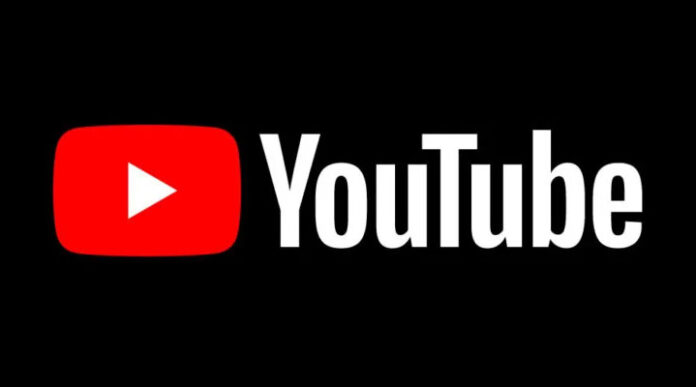The 102 YouTube channels that the government has banned were known to regularly spread false information about India to their thousands of subscribers and were “monetizing fake news,” according to officials. This information ranged from a “nuclear explosion” in the nation to North Korea sending troops to Ayodhya. In accordance with the Information Technology Rules, 2021, the government first used its emergency powers to crack down on such YouTube channels in December of last year.
According to officials, the government has blocked access to 102 YouTube channels, numerous websites, and social media accounts using the rules announced in February of last year. These channels and websites used popular television channel logos and templates to trick their viewers into thinking the news they were presenting was real.
An official from the ministry claims that the intelligence agencies have been keeping an eye on social media accounts and websites and flagging them for action.
The official claimed that “a number of these channels were even generating income through advertisements and monetizing fake news.”
The Ministry of Information and Broadcasting ordered the blocking of eight YouTube channels last Thursday, including one in Pakistan, for posting news about the ban on Bakra-eid celebrations in India, alleged: “attacks” on Muslim holy sites, and a joint “invasion” of Turkey by India and Egypt. This was the most recent round of action.
The “military action on Ajmer Dargah” and “Muslims flying an Islamic flag on a temple,” according to the YouTube channel A M Razvi, while the “News ki Duniya” channels based in Pakistan asserted that the “Qutub Minar mosque” had been destroyed.
Another YouTube channel, “Naya Pakistan Global,” made the assertion that Kim Jong Un, the leader of North Korea, had dispatched his army to Ayodhya.
According to a ministry official, the content that was blocked by the ministry was found to be harmful to India’s sovereignty and integrity, security, friendly relations with other countries, and public order in the nation.
He claimed that the information was covered by section 69A of the Information Technology Act of 2000. In the interest of national sovereignty and integrity, the government is given the authority to impose access restrictions on any type of content under section 69-A.
The Ministry of Information and Broadcasting ordered the blocking of YouTube channels that promoted content to encourage separatism, divide India along religious lines, and sow resentment among the various segments of Indian society in January of this year.
The two networks were Talha Films Network, which ran 13 YouTube channels, and Apni Duniya Network, which ran 14 YouTube channels.
Another YouTube channel called “Cover Point” made the claim that Pakistan and the ISI had won because India lost a nuclear warhead, calling it a “win.”
The ministry had stated that “all these networks appeared to be run with a single objective of spreading fake news targeted at the Indian audience.”
The ministry claimed that the YouTube channels in question had posted protest-related content on topics like the three farm laws and the Citizenship (Amendment) Act in an effort to incite minorities against the government in December of last year.
The ministry had stated that it was also feared that the upcoming elections in five states—Punjab, Uttar Pradesh, Uttarakhand, Goa, and Manipur—would be tainted by content posted on these YouTube channels to undermine the democratic process.





